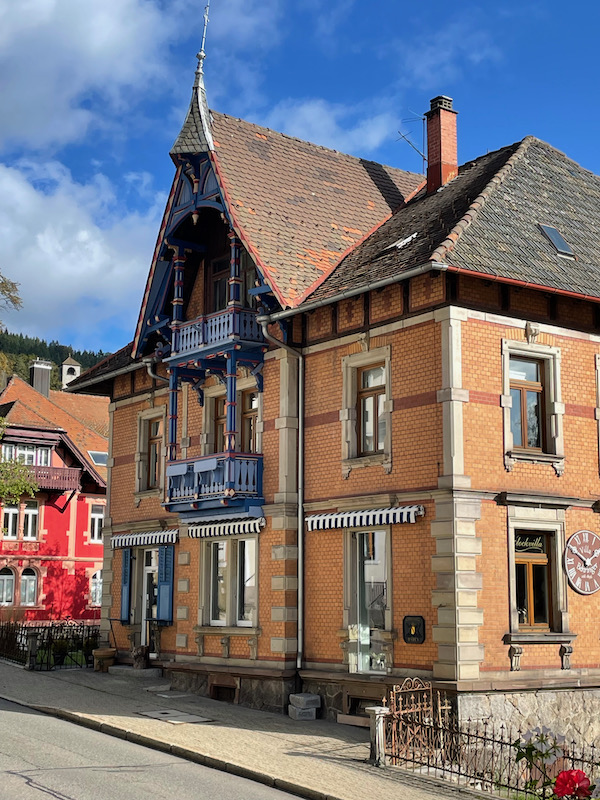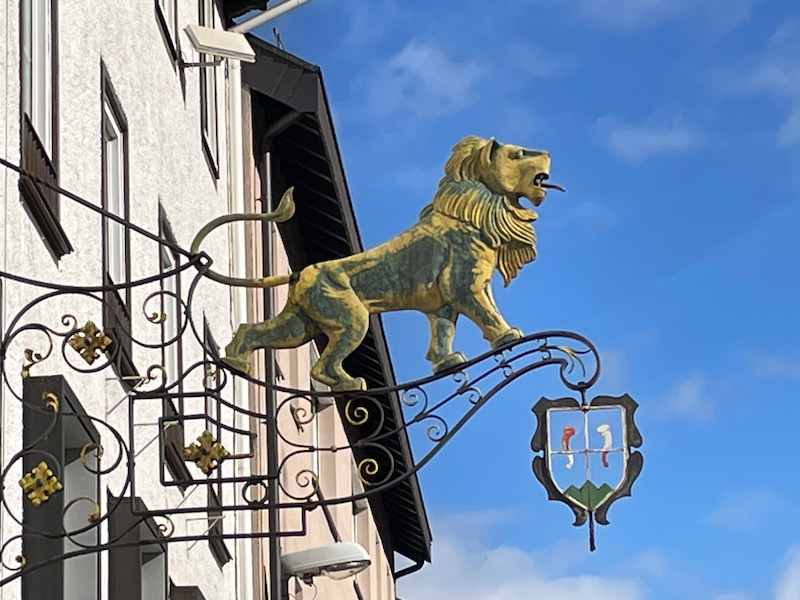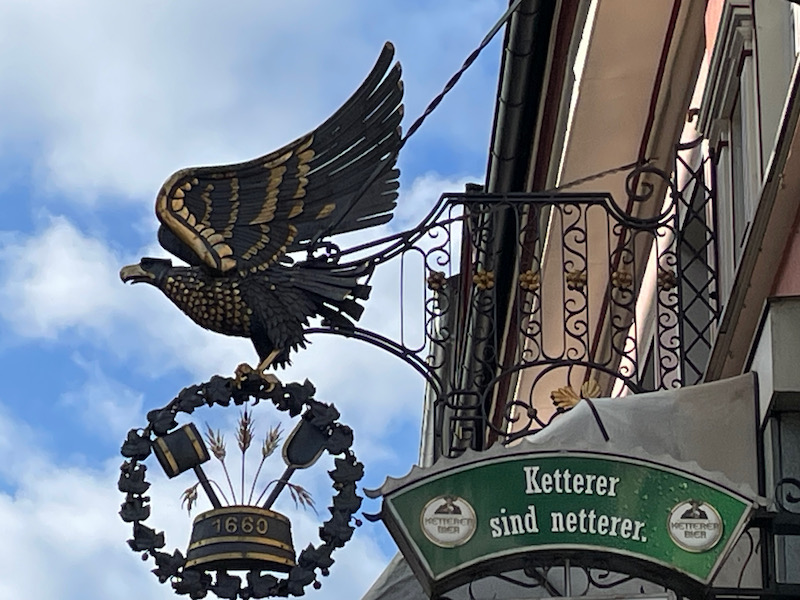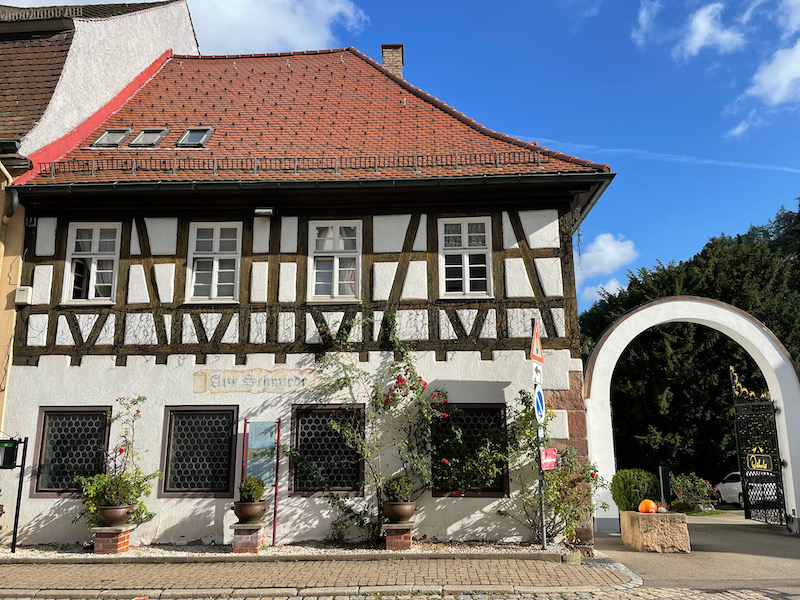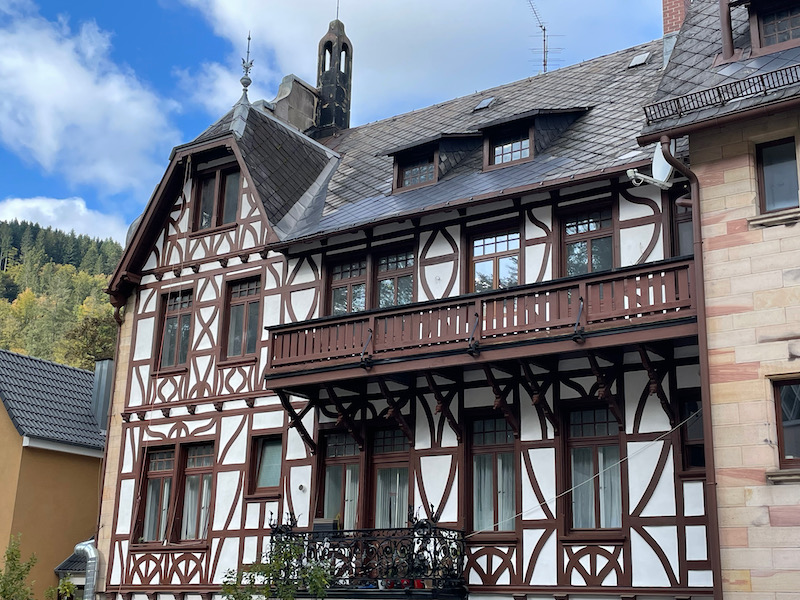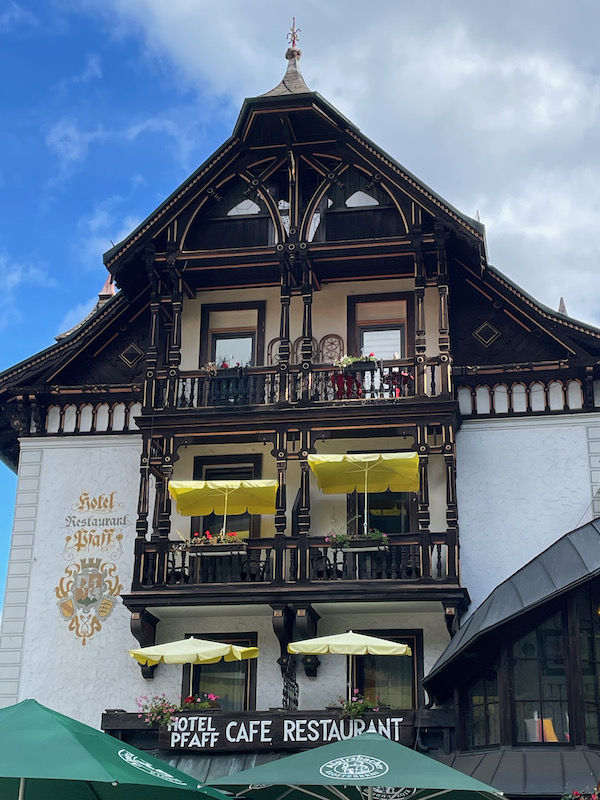Our Blog - Germany 2023 - Triberg im Schwarzwald, Germany
Officially Triberg im Schwarzwald, Triberg is a quaint little town of less than 5,000 people but a tourist destination in the Black Forest. It is known for a few things:
- the Triberg waterfalls, a series of waterfalls in the Gutach River, which are among the highest in Germany. With a total vertical drop of 496 feet, they are not as high as the highest waterfall in Germany, but they are better known and have easier public access.
- the capital of Black Forest cuckoo clocks (if you really love them, there is literally a "Germany Clock Route")
- built the first public electric street lighting in Germany.
Triberg (the town) was first mentioned in 1330 and from 1355 to 1797, the town belonged to the House of Habsburg and thus to the Austrian territory of Upper Austria. In 1805, Triberg briefly became part of the Duchy of Württemberg, then in 1806, it became part of the Grand Duchy of Baden. A fire almost completely destroyed the town in 1826 and was rebuilt as a "planned city" in the classicist style. The goal was to create a long, straight Main Street that had brightly painted houses on both sides, leading up to the waterfall.
They had a nice walking tour through town and plaques with the tourist information (in both German and English). We did *not* go up to the waterfall, however, since depending on where you went, it could take an hour or so and we didn't have that much time. Next to the waterfalls is the Greifvogel und Eulenpark, which is a bird park with various birds of prey and owls. There are daily shows with eagles, hawks, falcons, and several different types of owls, but puppies are not allowed so this is as close to the large birds as we got.
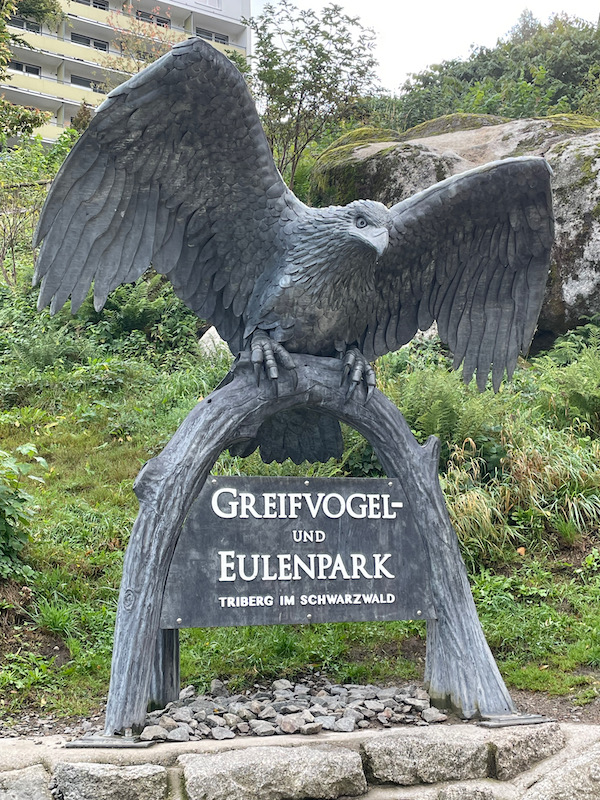
First on the list was the Bogoljubow house, which was the former home of international chess grandmaster Ewfim Dimitriewitsch Bogoljubow. Originally from Kiev, he was participating in a chess tournament in 1914 when World War I broke out and spent 5 years interned here in Triberg as an "enemy civilian". In 1920, he married a local girl and was granted German citizenship in 1929. He lived in this house until he died in 1952.
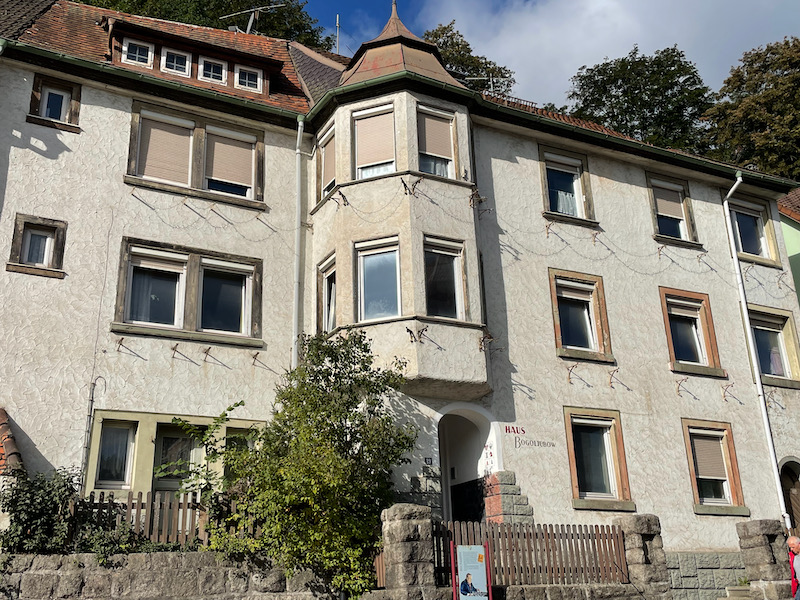
There are quite a few stores with handcrafted Cuckoo clocks. One place, called the "House of 1,000 Clocks" that had this large display on the front of the building that was like what would be part of a clock. I tried to get a video of it moving.
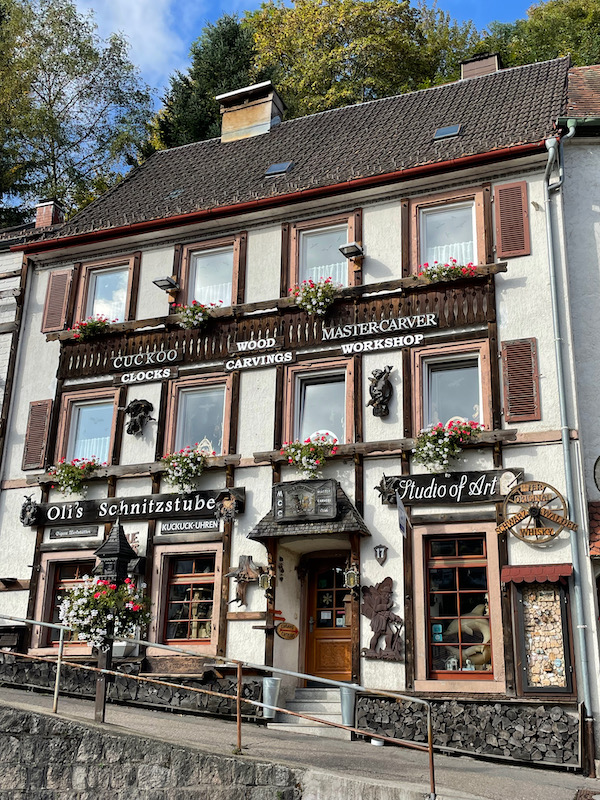
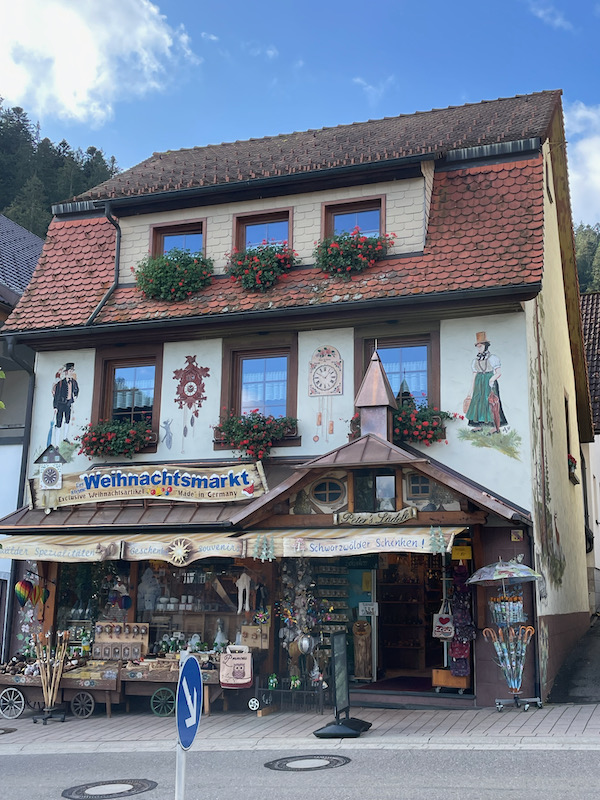
A new town hall (or Rathaus) was built after the 1826 fire destroyed the old one. Out front is an old trough that is now a little fountain dating from 1869. The clock tower used to have a bell in it that has since been removed.
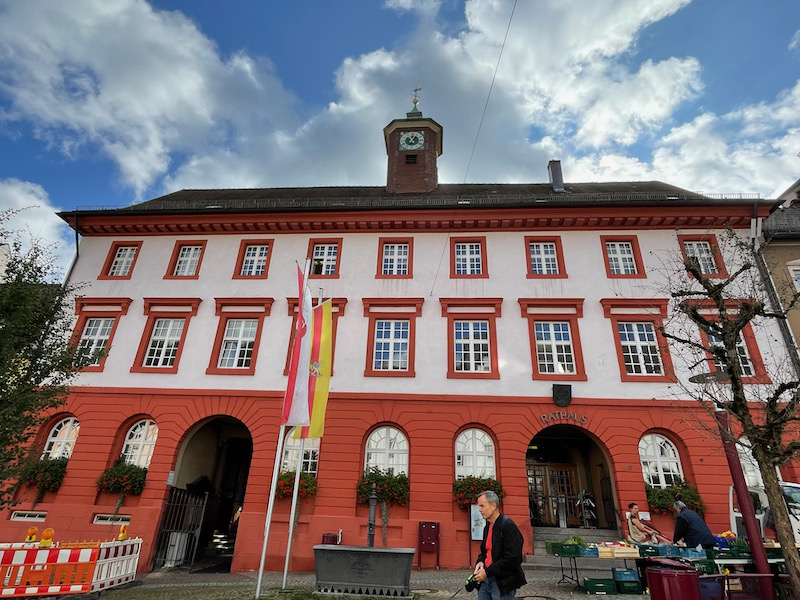
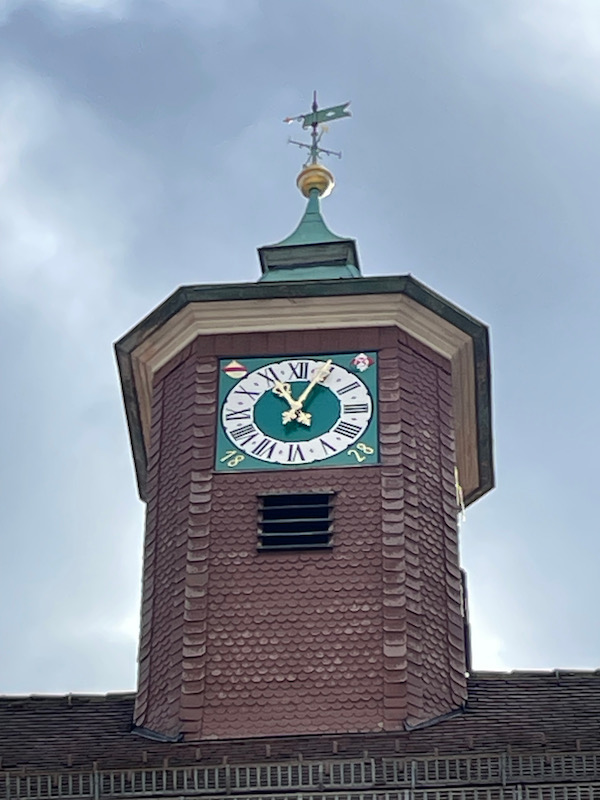
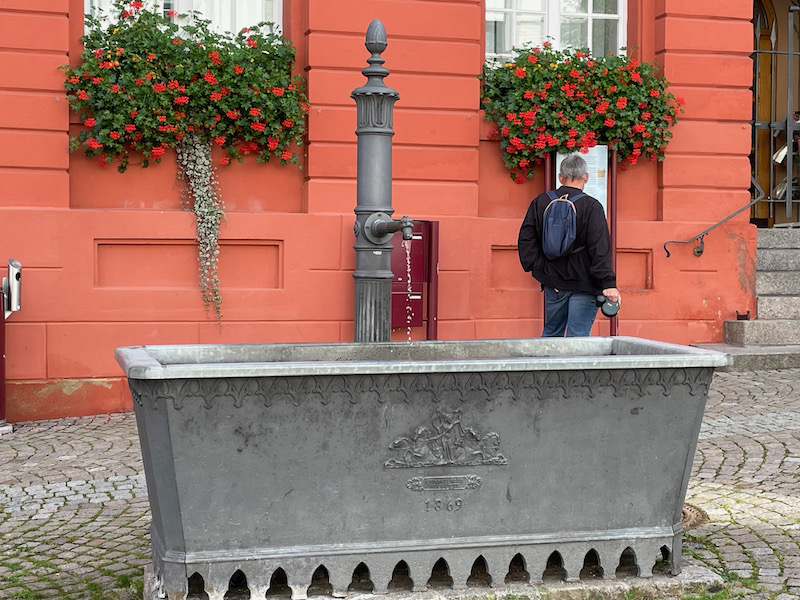
Not an old church like you normally see, this one was built in 1958. The first chapel in Triberg was built around 1100, replaced by another in the 15th century, only to be destroyed in the fire. A neo-classical church was built on the remnants of that church, only to be torn down in 1956 to make room for this church. There are very interesting decorations around the doors on the front.
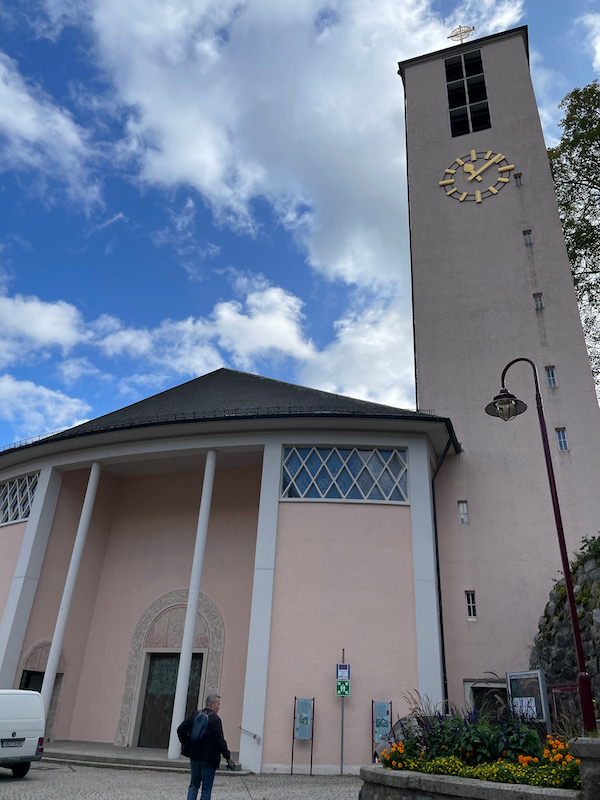
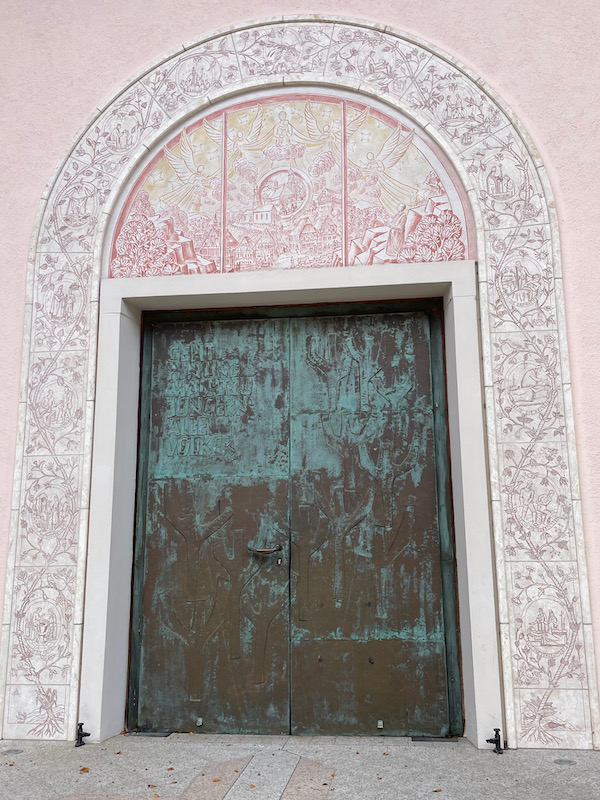
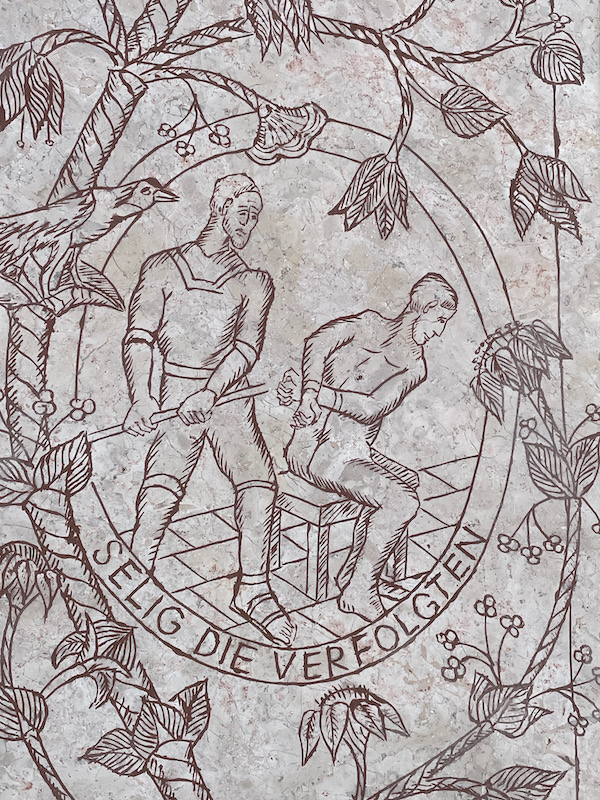
As you would expect, the inside is also very modern and clean, with a flat wooden roof and very interesting mosaics behind the altar.
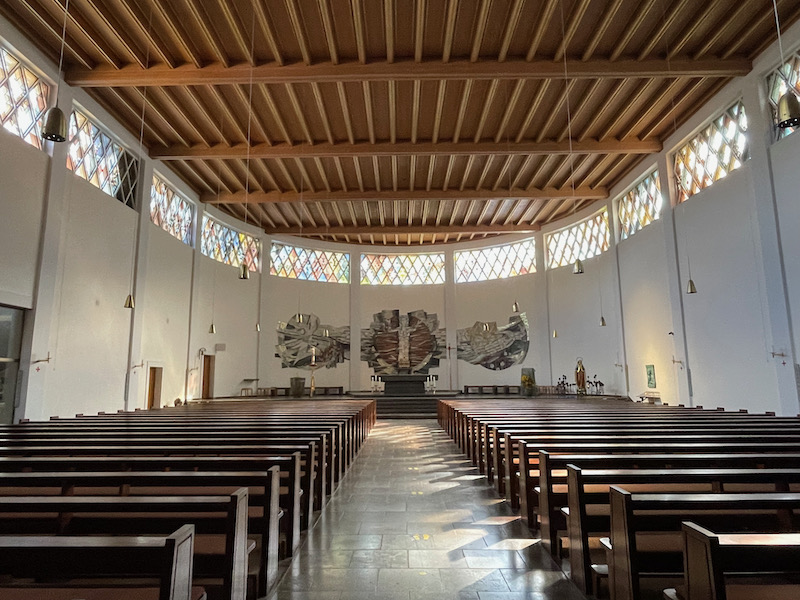
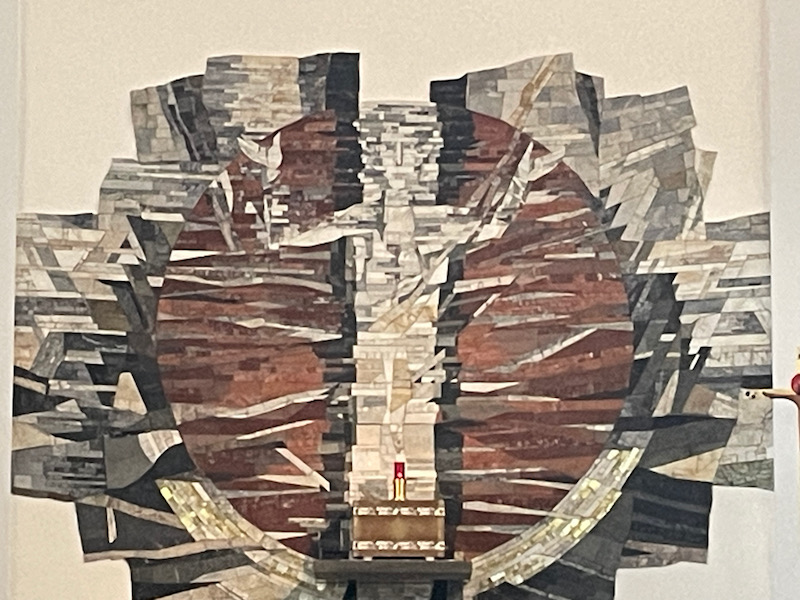
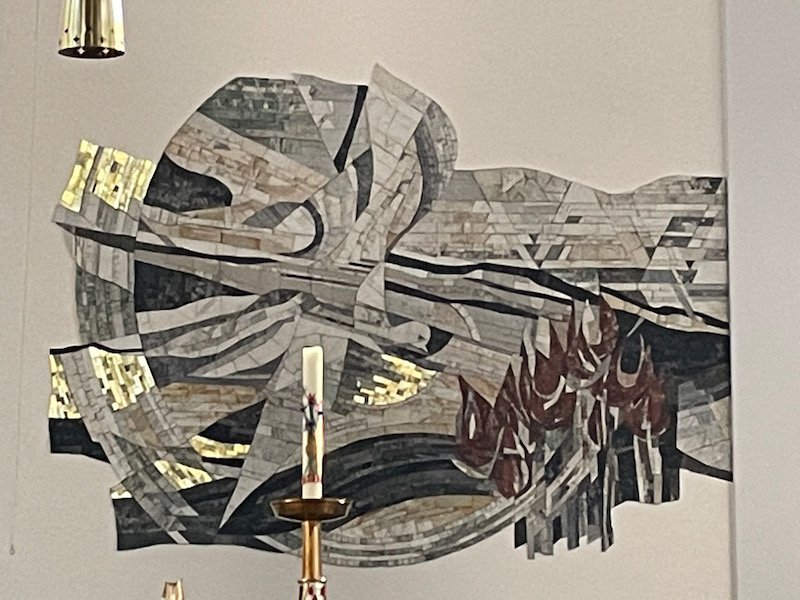
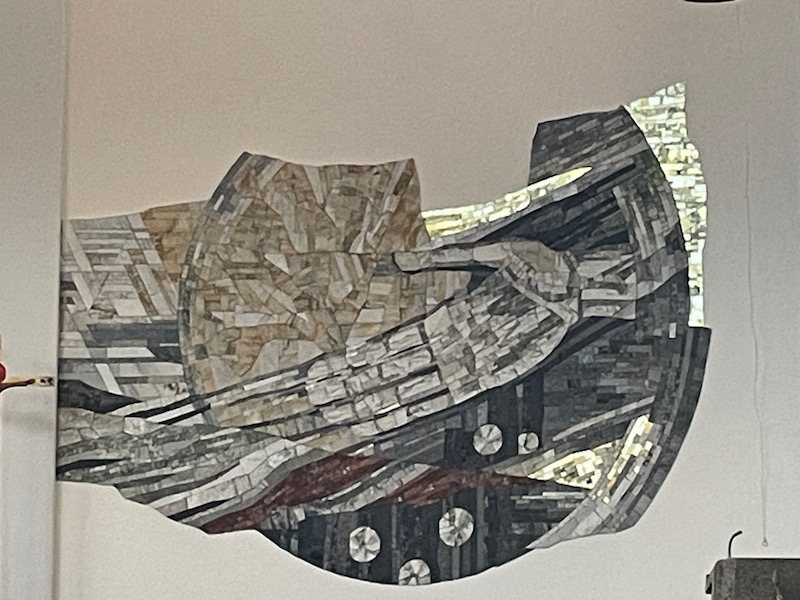
This is one of the few buildings that survived the fire, and dates back to 1694. The half-timbering was covered by plasterwork in the 18th century and then uncovered again in 1928.
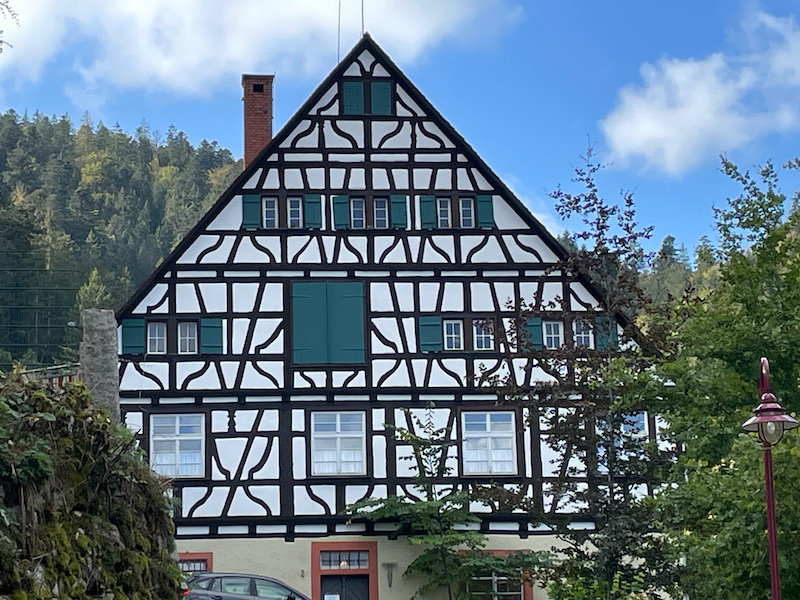
There was a castle here, built around 1250 by the knights of Triberg. During a revolt by Black Forest serfs in 1525, the castle was destroyed. It was rebuilt but then burned to the ground in 1642 during the Thirty Years War. This used to be the castle garden and you can see the rock foundation in the upper-left of the picture.
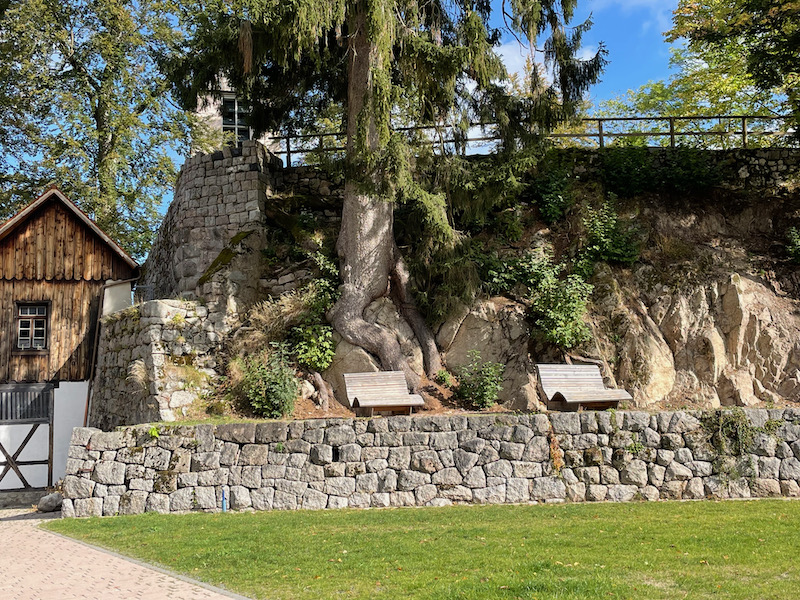
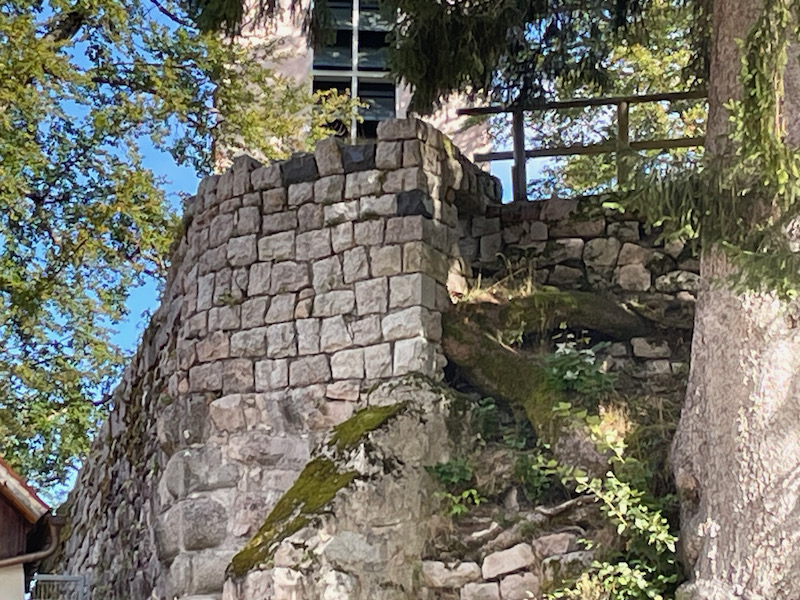
The large building up on the hill was the Schwarzwald Hotel, which was used by members of the European nobility in the late 19th century.
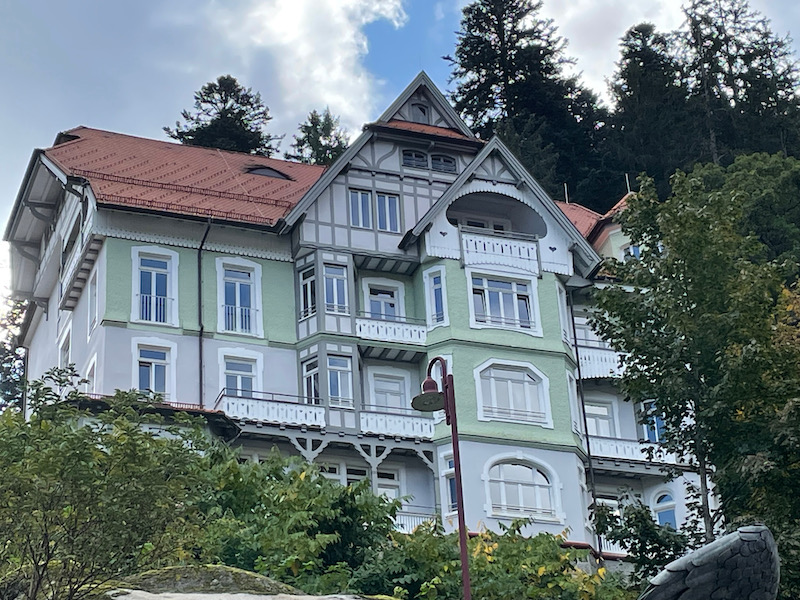
There were several really nice looking houses and quite a few pieces of metalwork (like the 2nd picture, which is from an old hotel that only the sign is still there (the hotel was torn down). You'll see lots of these wrought-iron signs in the various blogs in Germany. These are business signs, usually made of wrought-iron, with their origins going back to a time when many could not read but could recognize the symbols of a business. They were made by specialized blacksmiths, who along with helping advertise the business represented by the sign, also benefited by their artful signs and became sought after by local merchants. Not all of the signs are extremely old, but some businesses still continue to have these signs as part of tradition.
